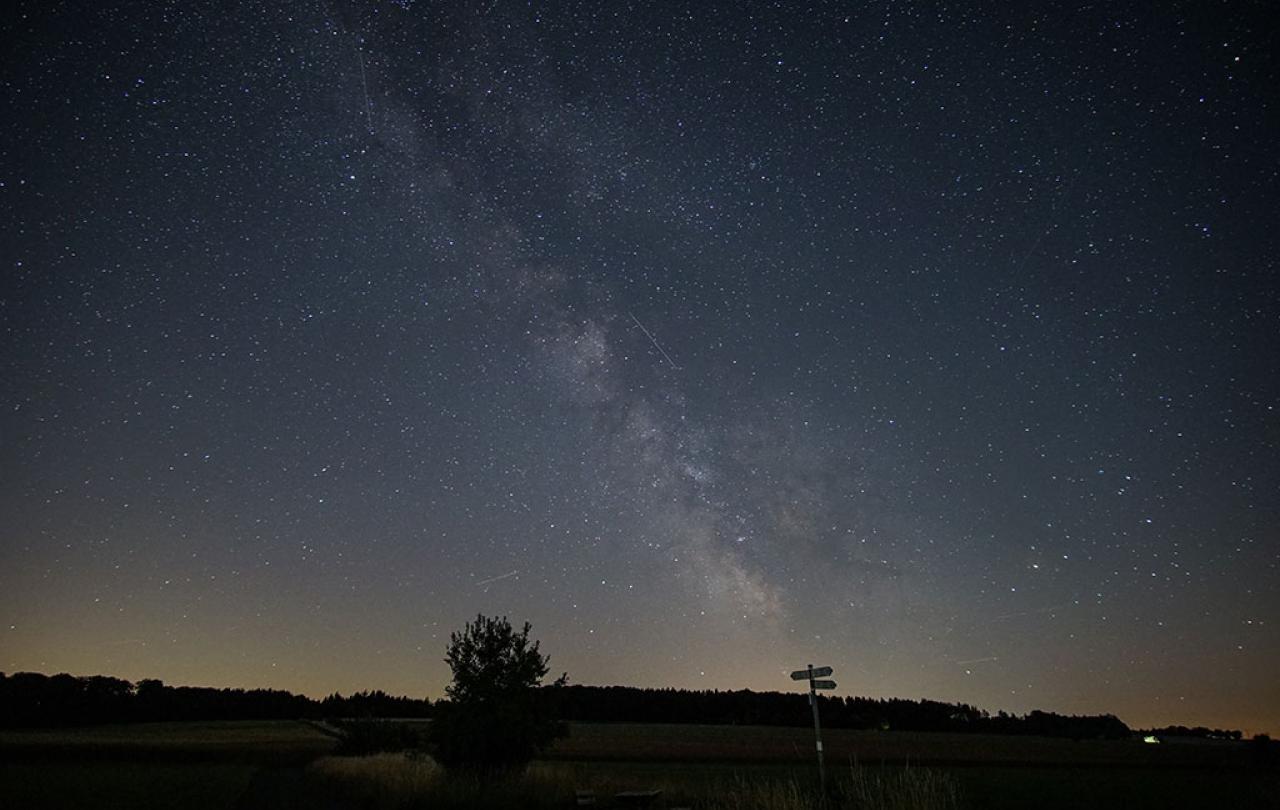
Standing in the Vicarage garden, under the clear winter sky, I feel cold to my bones, as though Jack Frost has thrown his coat over my shoulders. I’ve been successfully shedding body-fat since early October when I began to cut out ‘added sugar’ foods from my diet, but it has come with a downside: I need some third-party insulation, preferably lightweight, breathable, wind, and waterproof. I love cycling under clear night skies, pausing away from towns and lights to let my eyes adjust sufficiently to see stars more in number than the sands of the sea, but my enthusiasm for winter riding is dampened by this bitter cold.
My first truly long-distance bike ride was an overnight cycle across the North Pennines, about 300km. A good friend had turned 40 and invited me to his party at a nightclub in Glasgow. I lived in Teesside at the time and thought it would be great fun to cycle there. I loaded my bicycle bags with party clothes, a change of shoes, and an appropriately expensive bottle of whisky as a gift, then set off into the early evening sunshine. By Bishop Auckland it was raining. Passing across Yad Moss to Alston at midnight, it was snowing.
I’m older now and experienced enough to know that there is a point where the discomfort of endurance tips over into the endurance of pain, but I still long for the adventure. Like Tolkien’s elderly Bilbo Baggins torn between the comfort of his hobbit hole, and his yearning to see mountains again: my mind returns to summer cycling and riding through the night in shorts and short sleeves. Bilbo’s first journey was one of inexperience and unpreparedness, but he faced his dragon and returned home with tales to tell. Moreover, he didn’t do it alone, he also shared the journey with those who were older and wiser, those who knew what to expect but travelled anyway.
Will I limit my resolutions for the new year to those that can be achieved beside my metaphorical fireplace?
As I reflect on this, I think about our church community: those whose faith has been tested by experience, and those who are afraid to take their first steps into a wider world. A mixture of people who tell stories of spiritual wonder and joy, and others who seek comfort and refuge in the familiar. I’m also reminded of the people in this local community who have needed comfort during times of suffering. My soul has become filled with experiences, and I know that there are more frightening ‘dragons’ out there than those I encounter on a long bicycle ride.
As I stand in the Vicarage garden, shivering, I wonder if I’m at risk of becoming timid. Do my experiences, and those I’ve learned from others, teach me to tread more carefully in the year to come? Will I limit my resolutions for the new year to those that can be achieved beside my metaphorical fireplace? Do I hang up my cycling shoes for those furry lined Crocs my son bought me this year?
As I type this I realise, I have no desire to surrender to slippers just yet: my aspirations for the year ahead are to fly recklessly in the face of my own painful experiences, to embrace boldness in cycling, faith, and ministry once again. I pray for joy in my heart, and youth in my soul. I hope that my faith filled foolishness will be infectious in our church and our community as I stand hand in hand with the Divine, on the edge of eternity… and jump together. And as for wisdom born of experience: next time I take the dog into the garden, I’ll put a jumper on.





